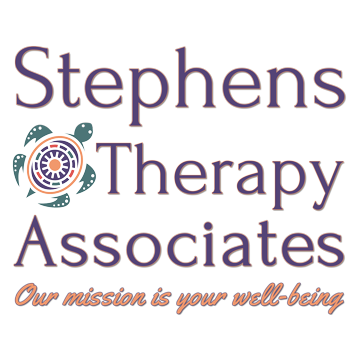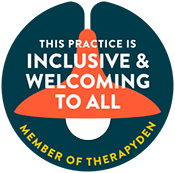9 Ways to Heal After Experiencing Covert Narcissism

By Brenda Stephens, Licensed Professional Clinical Counselor
Recovering from the effects of covert narcissism can be a challenging process that requires careful navigation. This article will discuss effective strategies to help you regain your strength and promote personal growth following such a difficult experience.
1. Understanding the Impact of Covert Narcissism
To begin the healing process, it is essential to grasp how covert narcissism affects your mental and emotional well-being. Covert narcissists manipulate emotions subtly, leading to self-doubt and confusion. This manipulation can cause you to question your reality and value, creating a cycle of self-criticism and emotional distress that complicates your path to healing. Recognizing these effects without judgment is crucial, as it allows you to validate your experiences and take steps towards moving forward.
2. Setting Boundaries
Establishing and enforcing boundaries is vital for protecting yourself and creating a healthier environment. By identifying what makes you feel safe and communicating these boundaries assertively yet compassionately, you can cultivate a sense of empowerment that supports your healing journey and fosters more nurturing relationships.
3. Seeking Professional Help
Therapy can provide valuable guidance and tools tailored to your individual needs, aiding in the unraveling of complex emotions associated with covert narcissism. Having a confidential space to express yourself can lighten the emotional burden and assist you in thriving in the present moment.
4. Prioritizing Self-Care
Engaging in self-care practices is crucial for enhancing your well-being and vitality. By incorporating small acts of self-kindness into your daily routine and exploring activities that bring you joy, you communicate to yourself that you are deserving of love and care.
5. Building a Support System
Surrounding yourself with understanding individuals, people who really get narcissistic abuse, and who offer genuine support, can provide a safe space for healing. Reconnecting with supportive friends and family members or joining support groups can offer validation and empowerment throughout your recovery process.
6. Expressing Emotions Through Journaling
Writing down your thoughts and feelings can serve as a therapeutic outlet, allowing you to release pent-up emotions and track your progress over time. Journaling can help you identify patterns in your emotions and behaviors, aiding in your healing journey.
7. Practicing Mindfulness
Incorporating mindfulness techniques into your daily routine can help ground you in the present moment and reduce anxiety stemming from past experiences. By focusing on the here and now without judgment, you can find peace amidst the chaos of healing.
8. Engaging in Creative Activities
Exploring creative outlets such as painting, music, or writing can help you express and process your emotions in a unique way. Creative activities offer a means of releasing tension and finding fulfillment, reminding you of the beauty in life despite its challenges.
9. Reflecting on Your Progress
Regularly reflecting on your growth and lessons learned can help you appreciate your resilience and how far you’ve come. Establishing a “reflection ritual” through journaling, meditation, or other practices can reinforce this process and motivate you towards a brighter future.






